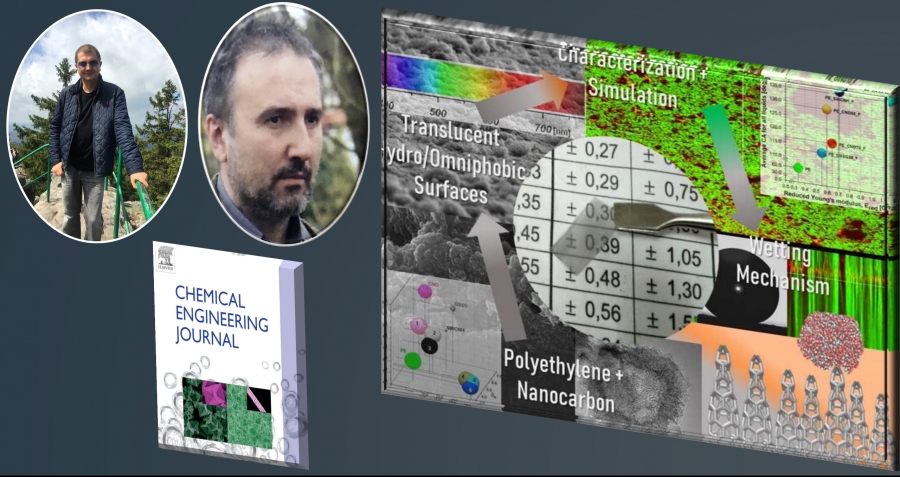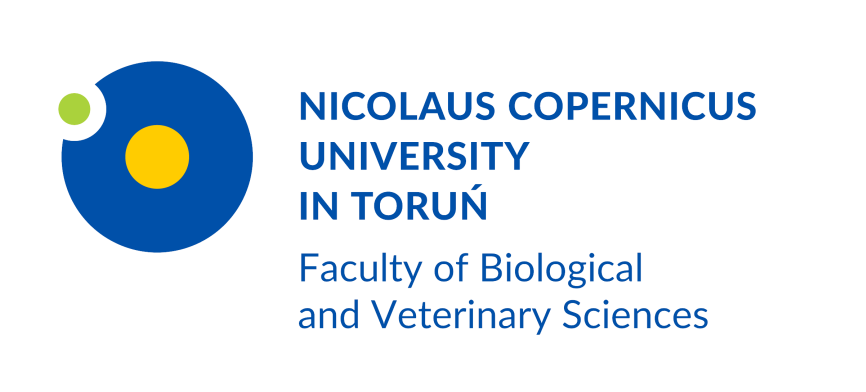
Michał Świdziński and Dariusz Jan Smoliński from the Department of Cellular and Molecular Biology at the Institute of Biology of the Nicolaus Copernicus University are coauthors of the article "Open Sensu Shaped Graphene Oxide and Modern Carbon Nanomaterials in Translucent Hydrophobic and Omniphobic Surfaces - Insight Into Wetting Mechanisms” in the prestigious Chemical Engineering Journal. Q1; IF 16.744; MNiSW 200 points.
The article was written in cooperation with research groups from the Faculty of Chemistry of the Nicolaus Copernicus University, Maria Curie-Skłodowska University in Lublin, Murdoch University in Australia, Technology University and University in Białystok, the Technology University in Gliwice, German Jordanian University in Jordan and Shinshu University in Nagano in Japan.
Thermal feathering of modern carbon nanomaterials (CNM), among them single walled carbon nanohorns (SWCNH) and carbon nanoonions (CNO), in polyethylene (PE) is applied to produce new durable, transparent hydrophobic, superhydrophobic and omniphobic surfaces. To increase SWCNH reactivity they were converted into Open Sensu Shaped Graphene Oxide (OSSGO). Next by a fluorination omniphobicity was introduced. New superhydrophobic and hydrophobic translucent surfaces were deeply characterized by using spectroscopic methods, tribological analysis and contact angle (CA) measurements. Thermal feathering and fluorination by perfluorooctyl trichlorosilane (PFOTS) lead to creation of grafted polysiloxanes and the attachment of fluorine-containing chains. The analysis of the Zisman plots, the adhesion tension vs. surface tension plots, CA and roll-off and hysteresis measurements results, together with Molecular Dynamics simulations, allow to explain wetting mechanisms and the derivation on the adhesion tension vs. surface tension of liquids plots, suggesting freezing under the droplet as a new potential cause. Some new correlations describing the process of wetting are also discussed and explained. Fluorination creates translucent surfaces thus obtained materials can be used for red color filtering in self-cleaning coatings invisible for flying insects, which are a source of biological pollution of electronics that emit light in the open air at night.

 ul. Lwowska 1, 87-100 Toruń
ul. Lwowska 1, 87-100 Toruń